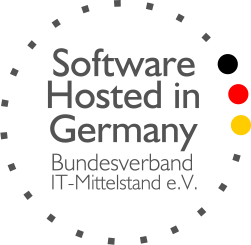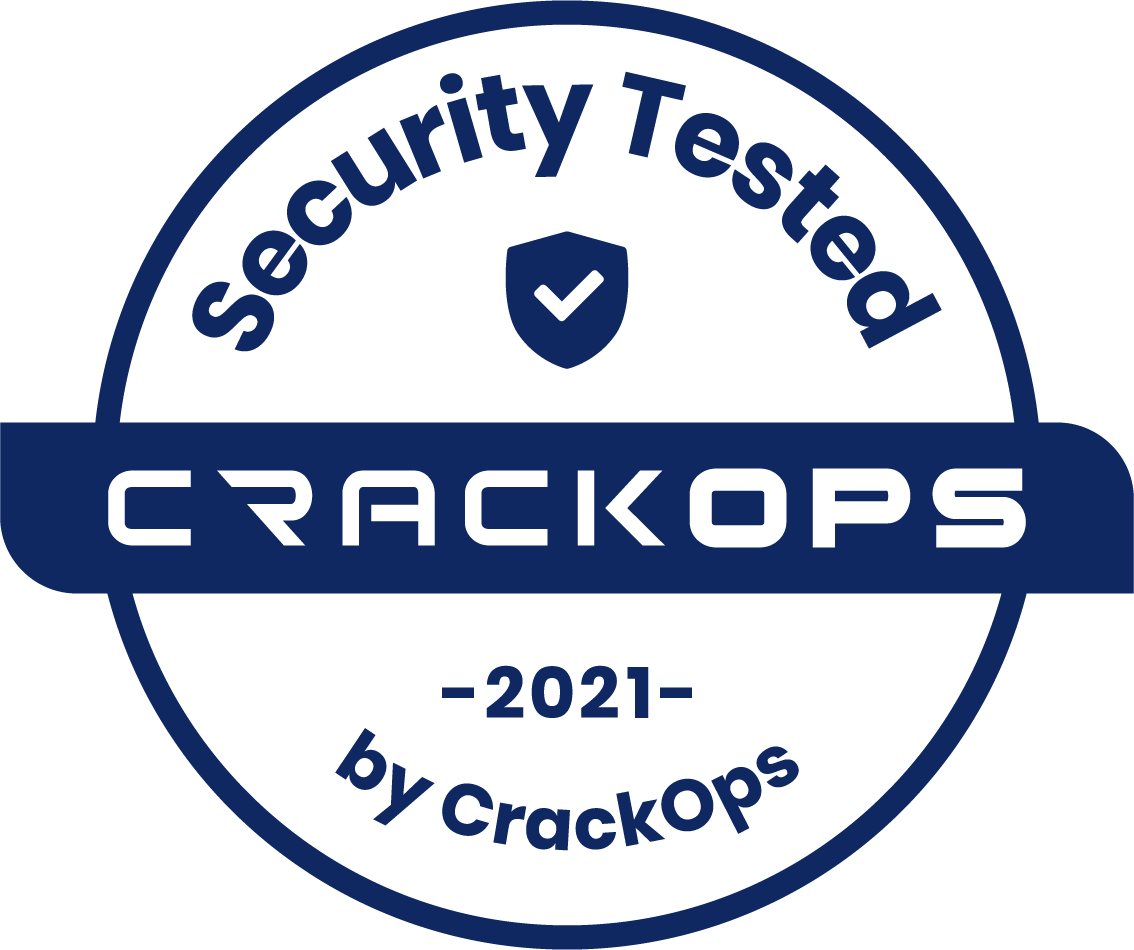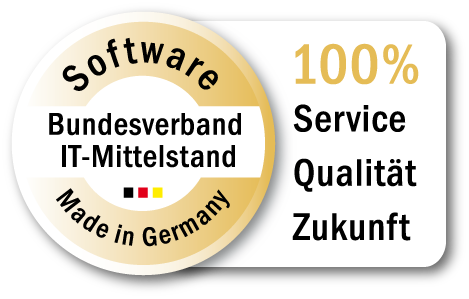Which whistleblowing system is the right one for you? A current market comparison
Get an overview of current whistleblowing systems. With the new EU Whistleblower Directive, whistleblowers are supposed to receive better protection in the future. Below we have summarised the options available for you as an entrepreneur, managing director or executive to install secure reporting channels correspondingly.
The most important facts about the EU’s Whistleblower Directive in a nutshell:
- Since the end of 2021, the Directive obliges all companies with 50 or more employees to implement a whistleblowing system.
- Companies with up to 249 employees have an extended implementation period until 2023.
- The whistleblowing system must allow confidential written and oral reports; from practice, however, there is a clear recommendation to also allow anonymous reports.
- Ensuring confidentiality and protecting whistleblowers from discrimination are cornerstones of the new directive.
- Possible reporting channels:
- Call centre – communication from person to person
- Ombudsperson – the mediating body between the parties
- Mailbox – communication usually only in one direction
- Digital whistleblowing tools – real-time chat and ability to report whistleblowing at any time from any location using any internet-enabled device.
You haven’t heard about the EU’s Whistleblower Directive yet?
The EU Whistleblower Directive protects individuals, often known as whistleblowers, who report breaches of the law. Companies with 50 or more employees are required by the EU Directive to establish appropriate reporting channels for such whistleblowers. Moreover, procedures for the processing of reports and the management of follow-up measures have to be introduced in the company. Many companies, especially small and medium-sized ones, are now faced with the challenge of introducing whistleblowing systems and processes that are suitable for them.
An overview of the requirements for possible whistleblowing systems
As a managing director or executive, what form of whistleblowing solution do you need to implement in your company to meet the legal requirements?
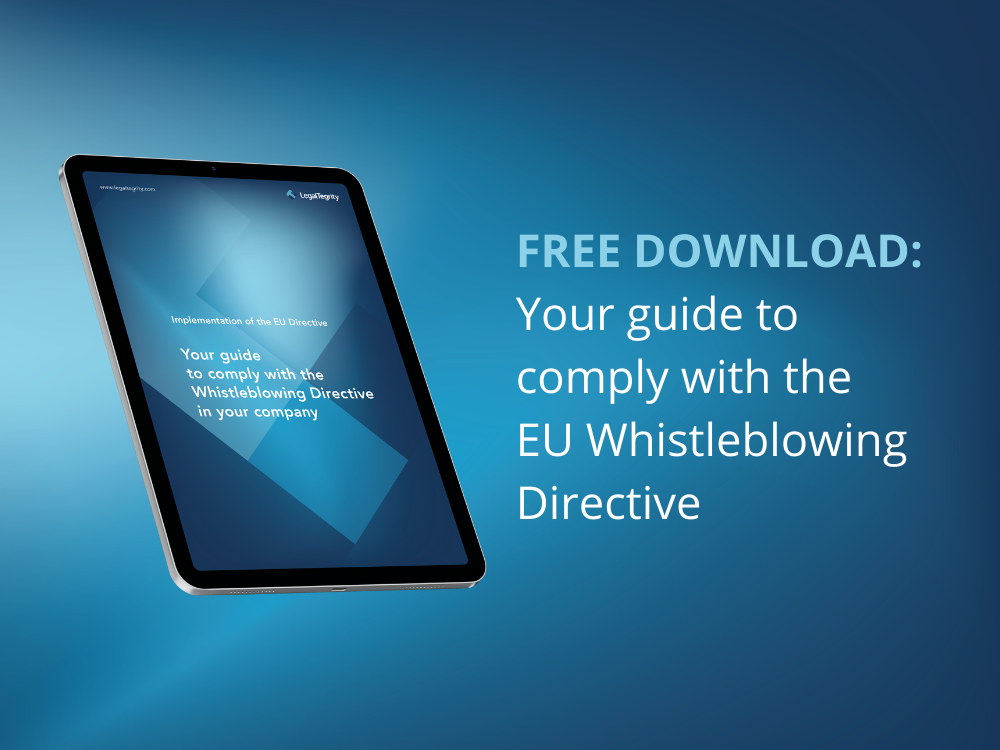
There is a wide range of reporting channels that can be used as whistleblowing systems, but not all of them meet the requirements of the EU Whistleblower Protection Directive. The Directive does not prescribe whether the whistleblower must share the information online, by email or by phone. It only imposes the obligation that there must be a system that protects the whistleblower to the appropriate extent.
There is no “one” right whistleblowing solution, only the right one for your company and your requirements. But which is the right one for you? To give you a quicker overview, we would like to present the different reporting channel options below.
Which potential whistleblowing systems and reporting channels can be considered in your selection?
A variety of different solutions have emerged over the years as possible reporting channels for whistleblowers. They range from old, sometimes impractical solutions – such as a complaint letterbox – to modern online platforms with a dialogue function.
Call centre –
person-to-person communication

Reporting to a call centre was originally the classic way of communicating information. The advantages of this reporting channel are obvious: the call centre staff are available around the clock all year round and communication takes place in a person-to-person dialogue. The staff members ask the reporting person specific questions, which are set out in a standardised questionnaire, and write down the answers. However, reporting by telephone also has some disadvantages. For example, whistleblowers are more inhibited to make a report over the phone and talk directly about an issue than to simply leave an anonymous written document. But the main problem with the reporting channel is that companies often only operate a regional call centre and the information transmitted may be misreceived. The call centre staff often only speak one language and German is not always the mother tongue. So if, for example, a production employee who linguistically combines a dialect with his technical jargon wants to make a report, the information could be misunderstood due to language differences in the call centre. Thus, a zebra could quickly become a white horse with black dots and the report could uselessly evaporate.
IT solutions on your own systems – only something for the big players?
Multinational corporations that have been using whistleblowing systems for many years eventually developed digital solutions in protected environments on their corporate systems. This enabled secure written communication between the whistleblower and an internal office. However, the technical complexity of such a system often requires a development and implementation time of several weeks and months with strong involvement of the in-house IT department. Especially for small and medium-sized enterprises, the implementation of an “in-house development” often does not amortise.
Ombudsperson –
mediator between worlds
Parallel to the call centre reporting channel, the function of the so-called ombudsperson was established in Europe. The ombudsperson is an external person of trust, often a lawyer, who is commissioned by you as a company to be a neutral contact person for whistleblowers with their confidential information. The main task of the ombudsperson is not to receive the information, but to clarify the incident in the interest of the company and the whistleblower. The description of the ombudsperson’s tasks can vary widely.
Suggestion box – Is a letterbox outside my office enough?
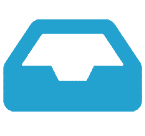
The suggestion box, which many companies have already introduced, is difficult if confidentiality has to be guaranteed. The whistleblower can be observed when he puts his report in the letterbox. An often useful dialogue with an anonymous whistleblower, such as asking questions, is excluded via this medium, as well as the possibility to inform the whistleblower about the course of the investigation and results.
Telephone – Do you need the verbal solution?
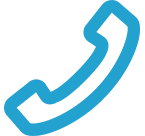
In general, you can cover large parts of the EU Whistleblower Directive through the medium of the telephone. However, since whistleblowers act in the interest of your company when initially reporting information, you should also be able to guarantee the protection of the whistleblower and his/her data in return. The experience of the last ten years has shown that the number of incidents reported verbally and by telephone decreases year by year. So, consider whether a telephone option is really the right choice for you and your company and compare it with the currently safest option: a digital whistleblowing service via online platform.
Online platform – What can such a digital whistleblowing tool offer?

A digital whistleblowing system is usually an online platform developed specifically for whistleblowers. It allows the whistleblower to submit tips anonymously and confidentially from any internet-enabled device worldwide via a digital channel. Supporting information – such as pictures, documents, drawings, etc. – can be uploaded electronically. As soon as the report is received, the person responsible in the company is automatically informed about the receipt of the report. The person handling the report has immediate access to the information and files provided by the whistleblower. The EU Whistleblower Directive requires the company to take follow-up action upon receipt of the whistleblower.
How can you as an entrepreneur map these follow-up measures correctly? This is exactly where these systems also help. They support you in informing the whistleblower about the status and results of your internal investigations. In this way, you can proactively prevent the whistleblower from going public.
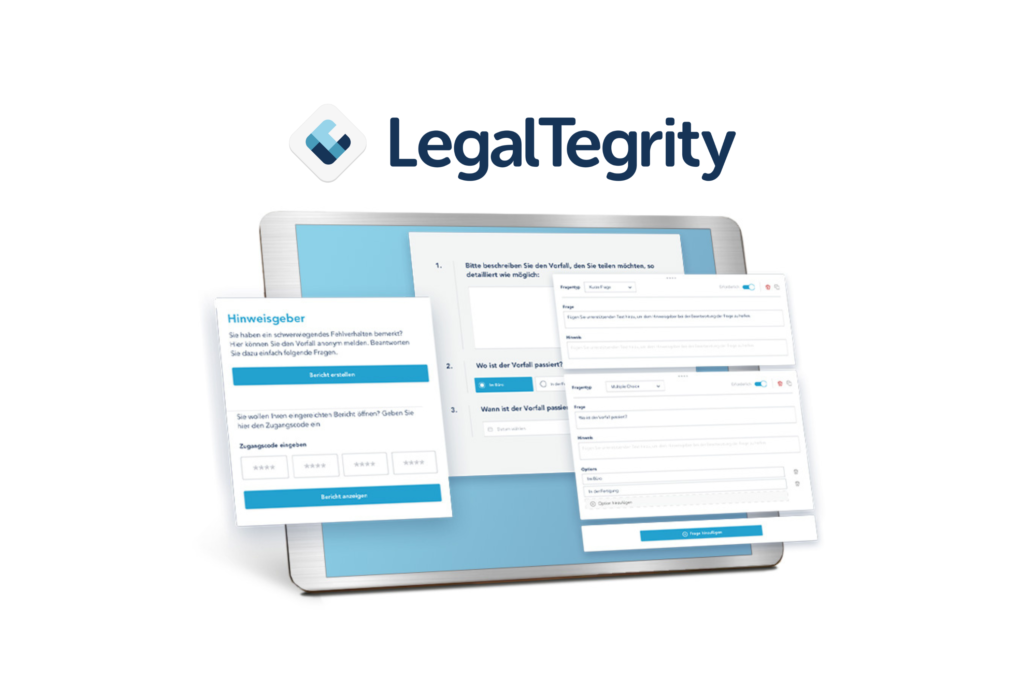
Another advantage of the online platform is that whistleblower reports can be delivered in better quality. Voice messages or verbal answers to the list of questions are analysed by means of state-of-the-art technology – such as digital language processing (natural language processing) and artificial intelligence (machine learning) – and put into an easily processable form for you. In order to be able to enter into dialogue with the anonymous whistleblowers, some systems already offer an integrated chat function or voice communication modules.
Last century, people wrote letters, dropped them in the letterbox and waited. Last decade, emails were sent. Nowadays, people resort directly to real-time communication, such as a live chat.
The digital whistleblowing system as a “total solution package”
Do you have groups of employees who might hesitate to make a report? Then a digital tool with a complete range from text to voice input is the right solution. With a user-friendly interface for desktop, laptop, tablet or mobile phone, the whistleblower has the option to use the whistleblowing system anytime and anywhere, even outside the company. The reporting channel is secured by the latest encryption to protect sensitive information about your company.
In many systems, the whistleblower is guided through a short questionnaire. This relieves the whistleblower of uncertainty about which details should be reported initially and takes away the fear of making mistakes. The report is then sent to the office designated by you as the entrepreneur, manager or executive. Either to an internal trusted person who is above reproach among employees, or to an external party such as your lawyer, tax or compliance advisor.
What are the advantages for you in corporate management? Through digitalisation, you achieve more control and transparency. In a digital system, all steps and activities are documented: first report, subsequent additions, access, communication with the whistleblower, notes – everything remains available, nothing is lost or can be permanently deleted. In addition, you have the option of using a customised questionnaire depending on the whistleblower group – employees, suppliers, customers. In this way, you are informed about grievances in good time and receive the right information in order to be able to take appropriate steps and take countermeasures.
What must a whistleblower system be able to offer according to the EU Whistleblower Directive?
The EU Whistleblower Directive first of all requires the protection of the confidentiality of the whistleblower. The directive still has to be transposed by the EU member states into corresponding national laws. This has not yet happened in Germany or Austria.
However, it is already certain that you as an entrepreneur must acknowledge receipt of a report to the whistleblower within seven days and inform him or her within three months about the follow-up measures you have taken or initiated. It is also required that reports can be accepted, processed and documented in oral and written form.
Using a digital whistleblower tool, you can even keep the anonymous whistleblower informed at any time via the chat function. To make sure you don’t forget, these systems have a reminder function. This way you prevent the whistleblower from publishing the report. Caution: The whistleblower can publish the report without penalty if you do not proactively inform him or her about your investigations, decisions and consequences within the given deadlines.
When should you start implementing a whistleblowing system?
In Germany, the Trade Secrets Act has been in force since 2019. According to this law, an employee can publish a trade secret with impunity if this is done to uncover illegal acts or professional or other misconduct.
The EU Whistleblower Protection Directive should have been implemented in Germany, Austria and all other EU countries by the end of 2021. In Germany alone, this affects around 100,000 companies. Experience with the introduction of the General Data Protection Regulation (GDPR) has shown that it makes sense to avoid starting at the last minute, as this can lead to bottlenecks on the provider side.
Therefore, you are well advised to introduce an anonymous whistleblowing system in your company at an early stage. Especially since the implementation of some solutions can take several weeks to months.
Our TOP 5 tips for choosing a suitable whistleblowing system
As an entrepreneur, managing director or executive, you can make the most of the requirements of the EU Whistleblower Directive for yourself in your company if you consider the following:
Tip 1: Compare the whistleblowing systems on the market!
Compare the different technical solutions and get an idea of the functions, security aspects, server locations, etc.
Tip 2: Choose the right whistleblowing solution wisely!
Be aware of what you need to consider when choosing your solution and take advantage of modern technology! The system you choose will most likely be used for many years.
Tip 3: The right tool for the right company size!
As a small or medium-sized business, you should look for a solution that has been developed for the requirements and needs of businesses of this size.
Tip 4: The price must match!
Make a price comparison of the total costs of the solutions you are considering!
Tip 5: Don’t wait too long!
Decide in favour of a modern, future-proof solution at an early stage!
Conclusion: No “one-size-fits-all” for whistleblowing systems
Now you know which potential whistleblowing solutions are available on the market and what you need to consider when choosing a suitable system. Behind every good tool, is a corresponding corporate strategy for the correct, open handling of internal and external whistleblowers.
Feel free to contact one of our experts for a personal consultation.











